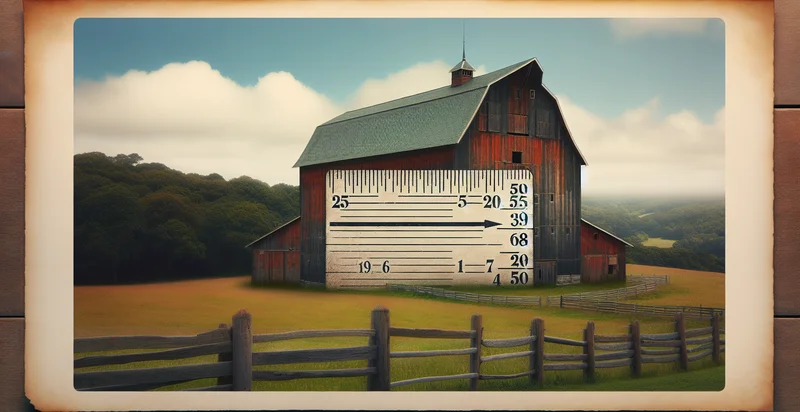Identify height of windmill in feet
using AI
Below is a free classifier to identify height of windmill in feet. Just upload your image, and our AI will predict the height of the windmill in feet - in just seconds.

Contact us for API access
Or, use Nyckel to build highly-accurate custom classifiers in just minutes. No PhD required.
Get started
import nyckel
credentials = nyckel.Credentials("YOUR_CLIENT_ID", "YOUR_CLIENT_SECRET")
nyckel.invoke("height-of-windmill-in-feet", "your_image_url", credentials)
fetch('https://www.nyckel.com/v1/functions/height-of-windmill-in-feet/invoke', {
method: 'POST',
headers: {
'Authorization': 'Bearer ' + 'YOUR_BEARER_TOKEN',
'Content-Type': 'application/json',
},
body: JSON.stringify(
{"data": "your_image_url"}
)
})
.then(response => response.json())
.then(data => console.log(data));
curl -X POST \
-H "Content-Type: application/json" \
-H "Authorization: Bearer YOUR_BEARER_TOKEN" \
-d '{"data": "your_image_url"}' \
https://www.nyckel.com/v1/functions/height-of-windmill-in-feet/invoke
How this classifier works
To start, upload your image. Our AI tool will then predict the height of the windmill in feet.
This pretrained image model uses a Nyckel-created dataset and has 9 labels, including 1-5 Feet, 10-20 Feet, 100+ Feet, 20-30 Feet, 30-40 Feet, 40-50 Feet, 5-10 Feet, 50-100 Feet and <1 Foot.
We'll also show a confidence score (the higher the number, the more confident the AI model is around the height of the windmill in feet).
Whether you're just curious or building height of windmill in feet detection into your application, we hope our classifier proves helpful.
Related Classifiers
Need to identify height of windmill in feet at scale?
Get API or Zapier access to this classifier for free. It's perfect for:
- Renewable Energy Site Assessment: This function can be employed in the evaluation of potential wind farm locations by accurately identifying the height of existing windmills. This information helps energy companies assess site viability, optimize turbine placement, and project power generation potential.
- Insurance Risk Management: Insurance companies can utilize this function to evaluate risks associated with windmills, particularly in assessing property and liability coverage. By accurately classifying windmill heights, insurers can better estimate risk exposure and adjust premiums accordingly.
- Regulatory Compliance Verification: Regulatory bodies can use this function to verify that windmill constructions comply with local height regulations. By confirming that windmills do not exceed permitted heights, authorities can ensure safety and adherence to zoning laws.
- Agricultural Impact Analysis: Farmers can deploy this function to measure windmill heights that might affect local agricultural practices. Understanding the proximity of windmills to farming operations can help farmers assess impacts on crops and livestock, allowing them to make informed decisions.
- Urban Planning and Development: City planners can use the function to account for windmill heights in their development proposals. This ensures that new infrastructures, such as residential or commercial buildings, are designed with proper clearance and do not adversely affect or are affected by existing wind turbines.
- Environmental Impact Studies: Researchers involved in environmental impact assessments can leverage this classification function to gather precise data on windmill heights. This information is crucial for studying the ecological effects of wind farms on local wildlife and habitats.
- Wind Energy Market Analysis: Energy analysts can utilize this function to compile data on windmill heights across various regions, aiding in market analysis. By understanding the distribution and height of wind turbines, stakeholders can identify trends in wind energy production and investment opportunities.


